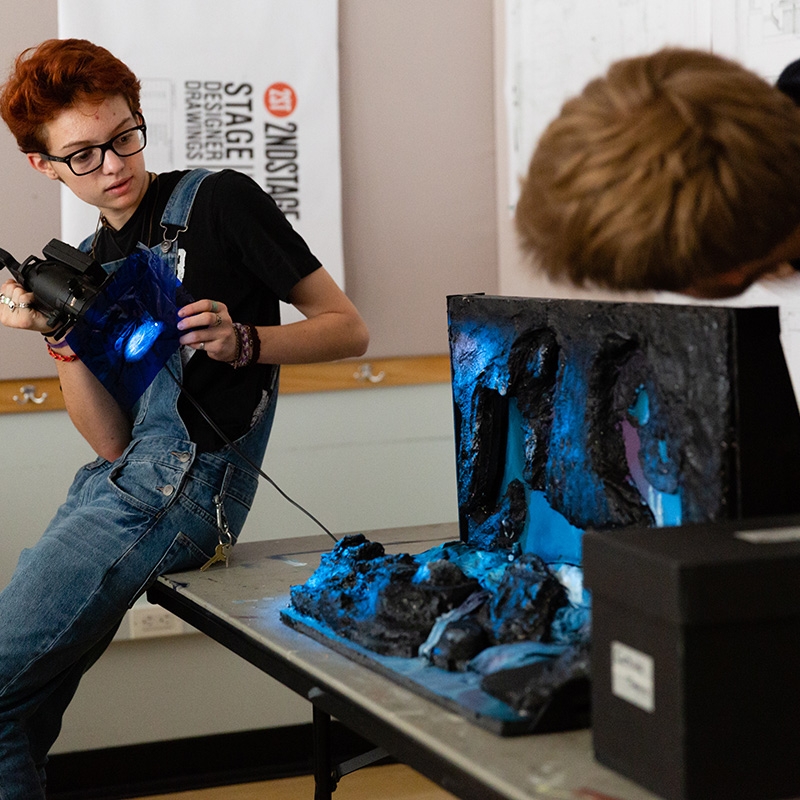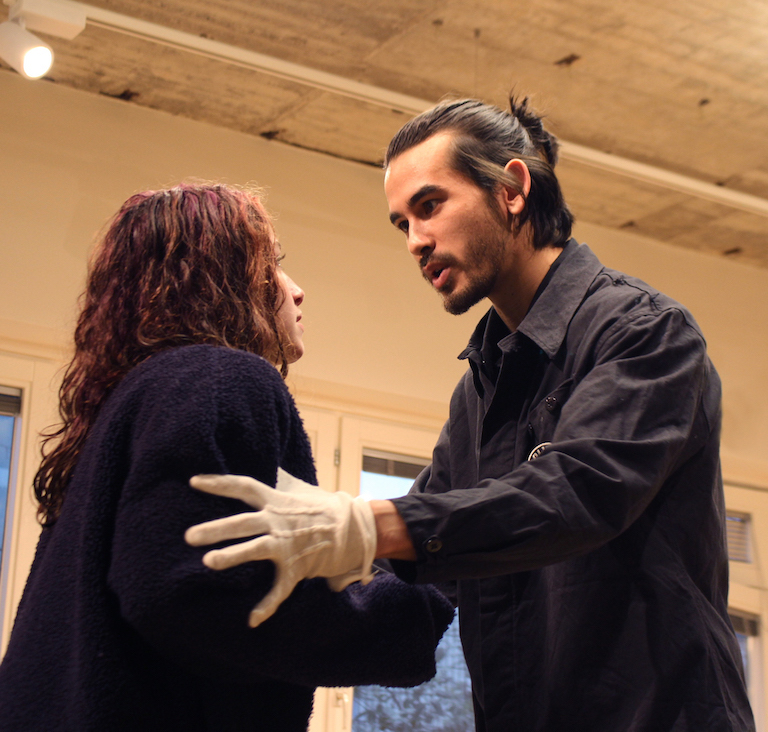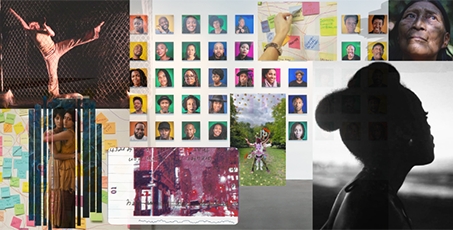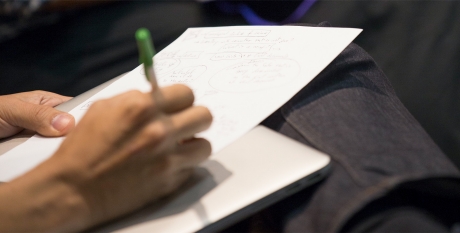Key principles of restorative practices
| Inclusive decision making | Community members closely involved in the incident will contribute to the conversation on how best to move forward. |
Repairing harm |
The process will focus on supporting all involved parties with an emphasis on uplifting those who have been harmed and providing opportunities for the individual(s) who may have caused the harm, even if unintentional, to be offered tools to learn and grow from the experience. |
| Rebuilding trust | The process will aim to provide opportunities for all involved parties to find solutions to continue to work with one another in safe and collaborative spaces. |
| Active accountability | As a part of the process is it necessary that the individual(s) who caused harm take responsibility for their actions and be committed to learning from the experience. |











